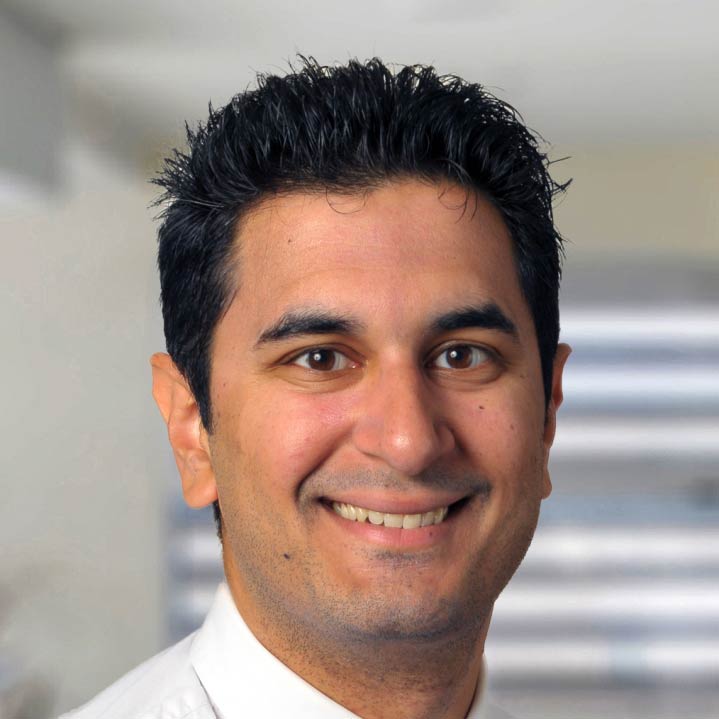
AAHPM reached out to the 2024 Emerging Leaders to gain insight into what motivated them to pursue leadership positions and what they find more fulfilling in their experiences. Sachin Kale, MD MBOE FAAHPM has been recognized as one of the exceptional individuals chosen as a 2024 AAHPM Emerging Leader in Hospice and Palliative Care.
Who has most influenced your work and how have they shaped your contributions?
My Division Director, Dr. Jillian Gustin, has been instrumental in helping me start the Palliative Harm Reduction & Resiliency (PHRR) clinic at our institution, a clinic that provides palliative care, including pain management, for patients with substance use disorder (SUD)/non prescribed substance use and cancer. She believed in the vision of this clinic when I first proposed it to her and helped advocate for pilot funding to leadership at our institution. She has been a mentor who has listened and provided advice as our clinic services have evolved. Dr. Gustin has also modeled empathic leadership, which I strive for as I work with colleagues and staff.
What is the significance to you of being recognized as a “Emerging Leader” in Hospice and Palliative Medicine?
It is quite an honor! As I look at the inspirational leaders who have been named in the 2014 and 2019 cohorts, I am humbled and honored to be included in the 2024 group. I would like to share this honor with the physicians, pharmacists, nurse practitioners, nurses, social workers, and counselors I have been privileged to work with to care for patients with cancer and substance use disorders. In a broader sense, this recognition speaks to challenges and opportunities many of us face in HPM in caring for patients with substance use disorders and concurrent serious illnesses such as cancer. Many of us in HPM may not have entered the field thinking we would be on the front lines of the opioid and substance use epidemic, yet we see the struggle patients with SUDs face in getting symptom relief when faced with a serious illness. With the PHRR clinic, we were able to bridge the traditional silos of addiction medicine and palliative medicine to create a palliative clinic that was grounded in the principles of harm reduction and included formal collaboration with addiction medicine. I think this approach has resonated with PC colleagues across the country, and we have been fortunate to share our model and lessons we learned with several institutions and nationally.
What is your aspiration for the evolution of hospice and Palliative Medicine?
There are two things that come to mind. First is how we as a field care for patients who have substance use disorders, particularly in the context of an additional potentially life-limiting illness, such as cancer or advanced heart disease. Many people with SUDs are vulnerable to trauma, psychiatric co-morbidity, poverty, and structural racism, and thus they represent a group at risk for marginalization in healthcare. When they have pain and other symptoms related to their illness, they are often unable to be cared for in traditional addiction medicine models due to their complex symptomatology. As a field, we have historically been particularly attuned to gaps in healthcare and the suffering it causes to patients and families. My hope is that we continue to innovate in this area to make sure those with SUDs can receive the care they deserve and relief from symptoms. Second, much of HPM is interdisciplinary and even transdisciplinary in nature. As ambulatory medical director of PC at my institution, I have benefitted greatly from leadership training, mentorship, and coaching in my work. Many HPM providers serve as leaders in some capacity, and I hope as a field we continue to expand mentorship and training in topics such as communication strategies, team building, conflict resolution, and quality improvement.
Learn more about the AAHPM 2024 Emerging Leaders in Hospice and Palliative Care and view a full list of all current and past Emerging Leaders.
